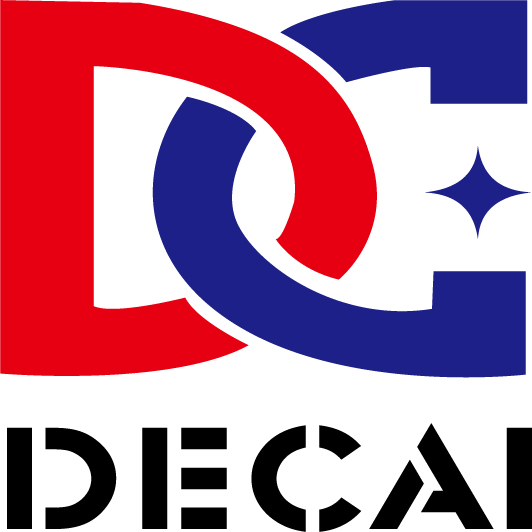There are several techniques for conducting the in-mould labelling process. Vacuum and compressed air can be used to handle the labels, also static electricity can be used. Electrostatic charging electrodes charge a label while it is being transferred to the moulding machine, so that when the label is placed on the tool and released by the labelling robot, it will wrap itself onto the tool. Most robot systems for placement of labels are not required for specific moulding machines and can be used with up to date presses with fast clamping systems.
Labels may be paper or a similar material to the moulded product. Polypropylene or polystyrene is commonly used as label material, with a thickness of 15 to 40 micrometres. Cavitated label material is also used. This is a sandwich material, having a spongy layer bonded between two very thin solid layers. An advantage of cavitated film is better conformance to small-radius curves on a product. Laminated film can be used to decorate products, yielding high wear-resistance. This type of film has the printed surface protected by a second layer of film, with a thickness of 30 or 40 micrometres. Products using this type of label might include picnic-ware, mouse-mats, or internal automotive components.

Post time: Apr-23-2021
